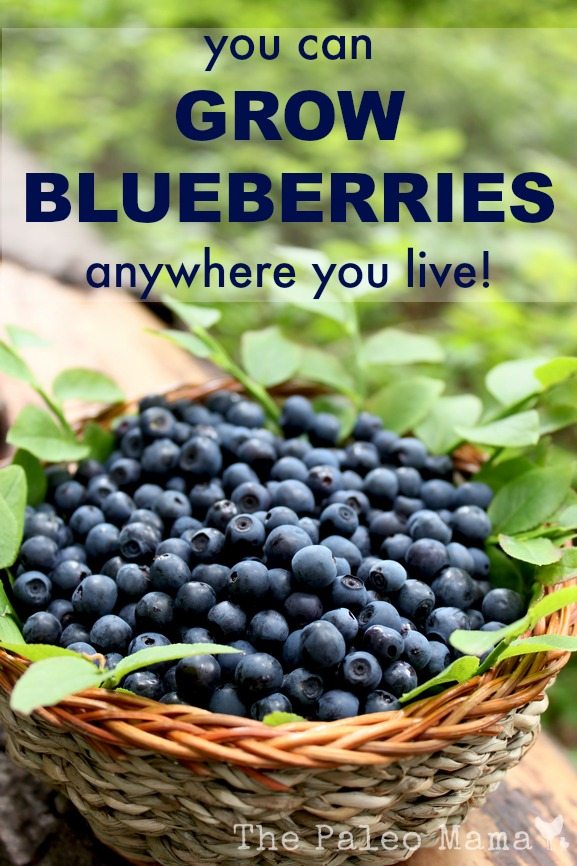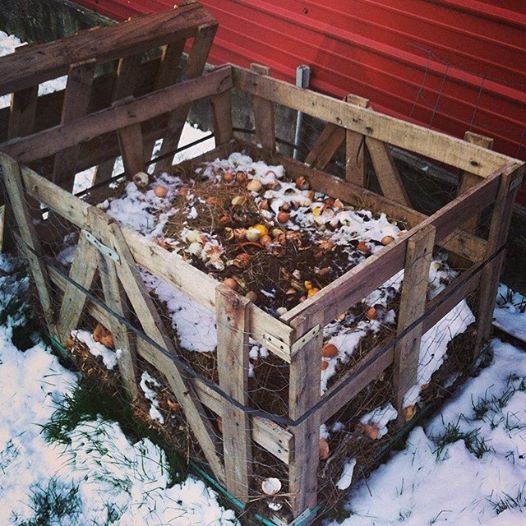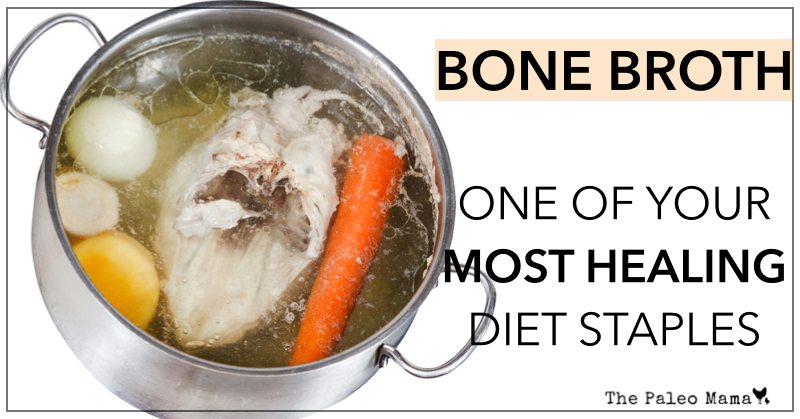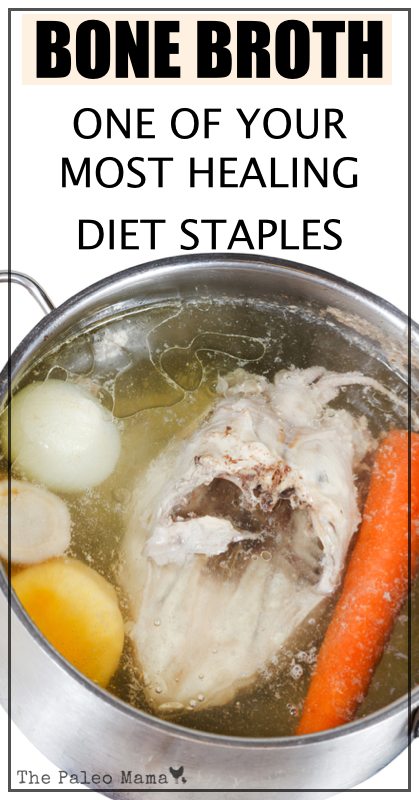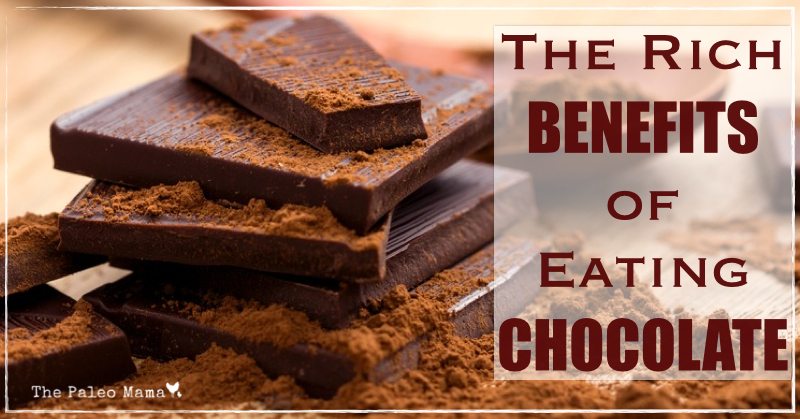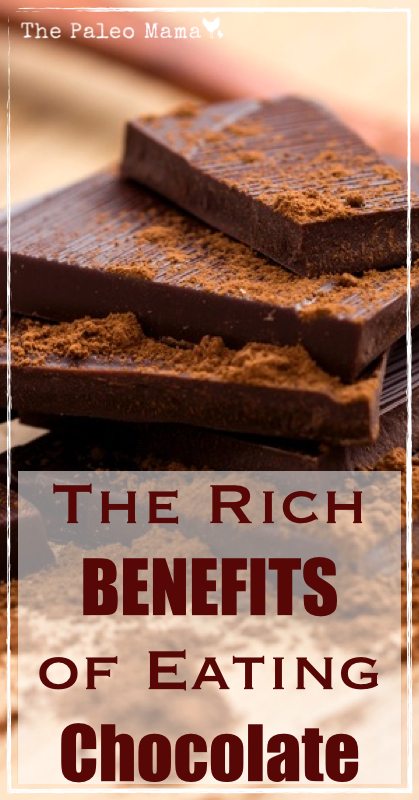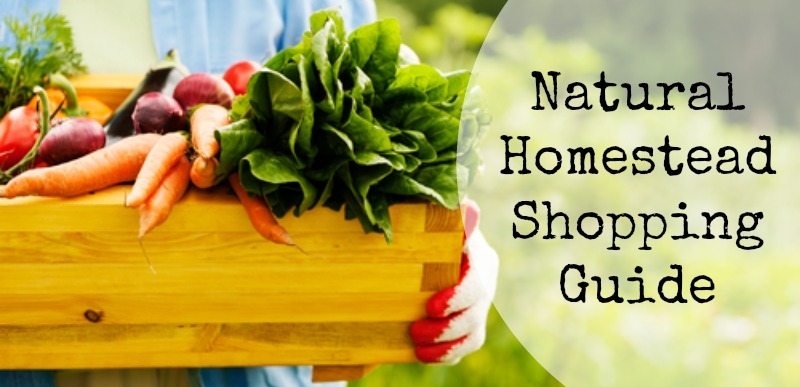
I’m partnered with some wonderful companies this season and have a wonderful list of some of my favorite product and created a Natural Holiday Gift Guide!
I’m a huge fan of supporting small businesses and many of my favorite companies provided an exclusive coupon for The Paleo Mama (Natural Homestead) readers!
I hope you enjoy this list and have a wonderful season of giving.
Best of all – I order these products myself! Further, by visiting these companies and purchasing through these links, Natural Homestead may receive a small commission for the sale which helps support the work I put into this website. Thank you for supporting Natural Homestead and the companies I believe in.
Real Food Resources:
Scroll down to each category!
- Superfoods
- Fats & Oils
- Butter & Ghee
- Flours & Grains
- Meat & Seafood
- Dairy & Cultures
- Natural Sweeteners
- Salt, Spices & Condiments
- Prepared Foods & Meal Planning
- Personal Care
- Natural Home
- Snacks & Treats
- Beverages
- Kitchen Supplies
- Organizations We Support
- Homeschooling Supplies
Superfoods

Cod Liver Oil. Extra-virgin cod liver oil is fresh and a rich source of vitamins A, D and Omega fats and is one of the best superfoods you can have in your diet. You can purchase it here. RECEIVE 10% off at Radiant Life by using the coupon code PALEOMAMA before 12/25/15!
Butter Oil. Extra-virgin butter oil is a natural source of vitamin A, E, K2 (MK-4), Butyric Acid, Wultzen Factor and Conjugated Linoleic Acid (CLA). It is extremely potent it its levels of Vitamin K2 and supports bone and heart health. You can find it online here. RECEIVE 10% off at Radiant Life by using the coupon code PALEOMAMA before 12/25/15!
Gelatin. Gelatin is so great for hair, skin, nails and digestive health. It’s a healthier alternative to protein powders and you can add it to smoothies and even tea or coffee for a nutritional boost. We like this grass-fed beef gelatin in recipes and cooking that need to gel or thicken. We prefer grass-fed beef collagen in hot drinks like coffee and tea (it dissolves quickly and has no taste). Receive 10% off at Perfect Supplements by using the coupon code NATURALHOMESTEAD10 !
Probiotics. Fermented foods and cultured dairy products are a great, real food probiotic that promote a healthy gut, but our family, also, uses a therapeutic-grade probiotic. You can purchase an adult one here (10% off with coupon code NATURALHOMESTEAD10), a kid’s probiotic here and an infant probiotic here (10% off with coupon code PALEOMAMA) .
Prenatal Vitamin. When I’m pregnant, nursing or trying-to-conceive, I use this prenatal vitamin. Receive 10% off at Perfect Supplements by using the coupon code NATURALHOMESTEAD10 !
Liver Capsules. One of the world’s most sacred foods, liver from grass-fed cattle contains more nutrients, gram for gram, than any other food. You can purchase desiccated liver capsules here. RECEIVE 10% off at Radiant Life by using the coupon code PALEOMAMA before 12/25/15!
Elderberry Syrup. I make my own elderberry syrup (recipe here) and use it for immune boosting during the fall and winter. If you don’t want to make your own, you can purchase a great one here. Receive 10% off at Perfect Supplements by using the coupon code NATURALHOMESTEAD10 !
Vitamin D3. Vitamin D is essential for immune support, supporting healthy moods, and supporting healthy bones and joints. We prefer the D3 drops and the kids have no problem taking it. You can buy the drops here. Receive 10% off at Perfect Supplements by using the coupon code NATURALHOMESTEAD10 !
Essential Oils. We use essential oils for many, many things around our homestead, including immune support, homemade cleaning recipes, and making your own homemade beauty products. THIS MONTH ONLY I am giving away a full-size diffuser, Frankincense and other essential oils if you purchase a qualifying kit. You can purchase them here.
Colloidal Silver. We use colloidal silver to boost the immune system, fight infection, and improve skin conditions. It can be used internally and externally and can be purchased here. Receive 10% off at Perfect Supplements by using the coupon code NATURALHOMESTEAD10 !
Si Jin Bao. This is a full-service Chinese herbaceutical company specializing in custom formulations and proprietary herbal blends. Our Pediatrician in Orlando turned us on to this amazing stuff and now we order the Air Tea and the Open Air Tea online here.
Magnesium. We use magnesium to boost our magnesium levels, promote a healthy night’s sleep, and support healthy moods. I love using a magnesium supplement that I can mix right into my water and I use a magnesium oil to apply to my skin and make my magnesium butter with. Receive 10% off at Perfect Supplements by using the coupon code NATURALHOMESTEAD10 !
Herbs & Teas. I order my herbs and teas in bulk from Mountain Rose Herbs.
Fats & Oils

Olive Oil. Olive oil is one of the most adulterated oils in the world. I order first-pressed olive oil that is hand-picked, milled within 48-hours of harvesting, and grown on a small family farm in California. You can purchase it here. RECEIVE 10% off at Radiant Life by using the coupon code PALEOMAMA before 12/25/15!
Lard, Tallow, and Duck Fat. I use lard from pasture-raised pigs and tallow from grass-fed cows for homemade soap and salves and for cooking (find them here). We raise our own ducks for all their delicious benefits and use their duck fat for cooking and frying. I know everyone can’t raise their own ducks, so this rendered duck fat is the one I recommend.
Coconut Oil. Coconut oil has a high concentration of fatty acids which makes it a great oil to cook with at a high heat temperature (frying). I order all of my coconut oil from Tropical Traditions. They have really amazing sales and frequently offer free shipping. You can purchase your coconut oil here.
Ghee. Ghee is clarified butter that has had the milk solids removed and it has a mild, nutty flavor making it a great option for those with dairy allergies. You can purchase my favorite brand here from Pure Indian Foods. Use discount code thepaleomama to get $5 off your purchase over $25 from Pure Indian Foods!
Cold-Pressed Nut Oils. These oils aren’t for cooking with, but they are great for finishing over salads and vegetables. A few that I love are pumpkin seed oil, walnut oil, sunflower seed oil and flax seed oil. You can purchase them here. RECEIVE 10% off at Radiant Life by using the coupon code PALEOMAMA before 12/25/15!
Butter & Ghee

Butter. Butter…oh sweet butter. This is my favorite fat to cook with. If you can’t find a good local source of butter made from raw milk or cows that are grazing on green pastures then you can purchase some online here.
Ghee. Ghee is clarified butter that has had the milk solids removed and it has a mild, nutty flavor making it a great option for those with dairy allergies. You can purchase my favorite brand here! Use discount code thepaleomama to get $5 off your purchase over $25 from Pure Indian Foods!
Ghee and MCT Oil. If you take your coffee “Bulletproof” like I do (see my demo), then you might be interested in Coffee++ from Pure Indian Foods. It’s a combination of ghee and MCT oil which makes it easy to spoon into your morning coffee or tea! You can purchase it here. Use discount code thepaleomama to get $5 off your purchase over $25 from Pure Indian Foods!
Butter Oil. Extra-virgin butter oil is a natural source of vitamin A, E, K2 (MK-4), Butyric Acid, Wultzen Factor and Conjugated Linoleic Acid (CLA). It is extremely potent it its levels of Vitamin K2 and supports bone and heart health. You can find it online here. RECEIVE 10% off at Radiant Life by using the coupon code PALEOMAMA before 12/25/15!
Flours & Grains

Almond Flour. It’s so important to know that the almond nuts are soaked to remove phytic acid before grounded into flour. If I use almond flour, I prefer to use this one.
Coconut Flour. I get most of my coconut products from Tropical Traditions including coconut flour. You can purchase it here.
Arrowroot Powder. I use arrowroot in place of corn starch in my sauces, gravies and stews. I like this one.
Einkorn. If you cook with grains then I highly recommend Einkorn flour. It is an ancient grain that is a lower gluten alternative to modern wheat. You can purchase it here along with products made with einkorn like spaghetti or various pastas.
Sprouted Heirloom Flour. Sprouted flour means that the wheat berries were soaked and rinsed for days to allow the wheat to sprout. This removes much of the phytic acid and makes the flour more digestible. I like the heirloom Turkey Hard Red variety from the 1870’s because of it’s rich history. You can purchase it here.
Sourdough Starter. Want to start making your own sourdough bread? I got my FREE sourdough starter that is over 160 years old from a man named Carl Griffith. You can get your own for free by going here.
Meat & Seafood

Grass-Fed Beef & Lamb. We grow most of our meats on our farm, but when we don’t have something, I source it locally at our farmer’s market or through Eat Wild. However, if you are having a problem sourcing it, you can purchase grass-fed beef, bison, and lamb online.
Pastured Poultry. We grow all of our chickens, duck, turkeys and geese on our farm, but you can source your own locally through Eat Wild. If you are having trouble finding a local farm, then I recommend your purchase it from Wellness Meats.
Pasture Raised Pork. We purchase our pork and bacon through a local farm. Check out Eat Wild to see if there is a local pork farmer near you. If you can’t find one, then you can purchase delicious bacon and pastured pork online (click here).
Bone Broth. Bone broth is one of your most healing diet staples and we drink it, almost, daily in our traditional diet. I make my own (watch my demo here) but you can purchase it if you do not have the time or energy to make your own you can purchase it online here.
Sustainably Caught Fish. The pickins around me for wild-caught seafood can be rather slim. We purchase lots of seafood online when we have a hard time finding it locally. You can purchase sustainably caught seafood here.
Grass-Fed Beef Gelatin. Instead of protein powders, we use gelatin that is sourced from grass-fed cows. We use it in our homemade marshmallows, jell-o, thickening sauces, and even in our coffee. We use this gelatin for things that we need to gel and this gelatin for adding to drinks and smoothies (it doesn’t gel). Receive 10% off at Perfect Supplements by using the coupon code NATURALHOMESTEAD10 !
Fish Sauce. Fish sauce is a good source of minerals and additive-free flavor enhancer. Most of my dishes are splashed with my favorite fish sauce. I frequently splash my bone broth with fish sauce to add some saltiness to it. You can purchase my favorite all natural, first-press fish sauce here.
Diary & Cultures

Raw Milk & Cream. Our family has our own dairy goats and milk cow. We consume their delicious raw milk, use the cream for our coffee and homemade sour cream, and make lots of gut-friendly cultured dairy products. You should check to see if there is a local farmer near you with grass-fed raw milk or ask around at your local farmer’s market.
Milk Kefir Grains. Kefir is a traditional fermented dairy food that is similar to yogurt but thinner and offers a delicious tart flavor. You might be able to find someone in your area who sells extra kefir grains but if you can’t, you can purchase them online.
Yogurt Culture Starters. I use mesophilic cultures in my cheesemaking and and a yogurt culture to make our weekly batch of homemade yogurt. You could, also, use store-bought, organic, non-additive yogurt as a starter.
Natural Sweeteners

Raw Honey. We are lucky enough to have our own honeybees and lots of delicious raw, unprocessed honey. If you’re not so lucky, or ready to be a beekeeper, then ask around at your local farmer’s market or purchase some online here.
Unrefined Cane Sugar. Unrefined cane sugar is much different than white sugar. It is rich in minerals and and can be used as a 1:1 substitute for recipes with white sugar. It, also, could be labeled “sucanat” or “rapadura“. You can purchase it online here.
Coconut Sugar. Coconut sugar is very low on the glycemic index and comes from the fresh coconut tree sap and is a rich source of potassium, magnesium, zinc, iron, and B vitamins. You can buy it online here.
Other Sweeteners. We use a few other sweeteners that are rich in minerals like grade B maple syrup and blackstrap molasses.
Salt, Spices, and Condiments

Salt. Salt is, truly, the spice of life and we use it unsparingly on our homestead. I recommend unrefined sea salt that is hand harvested in the coastal region of France. You can purchase it online here.
Spices. I prefer to buy my organic spices in bulk for the deeper discount. I get them from Mountain Rose Herbs.
Condiments.
- Ketchup
- Coconut Aminos (substitute for soy sauce)
- Mayonnaise
- Fish Sauce
Tomatoes. I try to grow my own tomatoes or buy them locally to throw in soups, chili and homemade marinara. When I can’t grow my own, I buy sun-dried tomatoes for scattering on top of salads and omelets, tomato sauce to use when I don’t have time to make my own, and diced tomatoes to throw in recipes when the garden is closed for the winter.
Fermented Food. We enjoy lacto-fermented foods and use them like condiments. Some of our favorites are sauerkraut, kimchi, kombucha, and atchara
Prepared Foods & Meal Planning

Pete’s Paleo. Farm fresh and gourmet Paleo meals delivered directly to your doorstep! I’ve used this service during moves and to gift to new moms who are on a Paleo diet. You can check them out here.
Real Plans. Whether you eat Paleo, grain-free, traditional or vegetarian, Real Plans is amazing at offering simple recipes to you each week. Click here to see Real Plans.
Personal Care

Deodorant. Sometimes I feel like making my own, sometimes I don’t. It’s important to me to use only non-toxic, aluminum-free deodorant and I find that this brand actually works.
Toothpaste. When my kids were younger they loved this toothpaste . Now we all can’t get enough of doTERRA’s OnGuard toothpaste.
Skin Care. I use the Oil Cleansing Method for my face and neck. I use almond oil and essential oils and you can watch my demo here.
Feminine Products. I, personally, love my diva cup, but, also, use organic cotton tampons. These pads are great if you prefer using pads.
Sunscreen. We prefer to use Badger sunscreen. It ranks very low in toxicity on the Skin Deep website. You can purchase it here.
Lotions. I make my own Lavender Body Butter and Healing Salve but you can purchase wonderful skin care products from Mountain Rose Herbs.
Perfume. I stopped buying over-the-counter perfumes and just buy the real stuff now. I use all essential oils and even love creating my own perfume blends. You can buy essential oils here.
Hair Care. Morrocco Method offers a wide-range of raw, wildcrafted hair care products including shampoo and conditioner, as well as henna, which is a safe and permanent way to dye your hair.
Makeup. Bare Minerals has some low-toxic products that rank pretty good on the Skin Deep website. You can buy them here.
Sew Grown Purse – If you enjoy essential oils, as much as I do, and need a beautiful carry purse to hold them when you are on-the-go, then Sew Grown has all you need! Use the coupon code 10g2015 for 10% off $30.00 or more (expires 12/31/15)!
Natural Home

Natural Cleaning. Branch Basics offers a non-toxic, plant-based, hypo-allergic and cruelty-free natural cleaner concentrate that is a multi-tasking workhorse. You can use it to make hand soap, bathroom cleaners, all-purpose cleaners, and it’s even safe to wash your baby with it.
Water Purification. Radiant Life has got you covered for all your water purification needs. They have complete home systems or if you are on a tighter budget, then the Berkey Royal is amazing and what my family uses!
Aromatherapy. We’ve traded in our toxic plug-ins and candles for aromatherapy. We use water diffusion to disperse essential oils into the air. You can purchase all your essential oil needs and diffusers here.
Sew Grown Purse – If you enjoy essential oils, as much as I do, and need a beautiful carry purse to hold them when you are on-the-go, then Sew Grown has all you need! You can purchase from here. Use the coupon code 10g2015 for 10% off $30.00 or more (expires 12/31/15)!
Bainbridge Farm Goods: I love these modern, farm signs that you can put throughout your home, farm, or garden. You can purchase these from here. Free shipping on orders over $14.95. Go to their website and you will see a popup.
Snacks & Treats
Nick’s Sticks. 100% grass-fed beef and free-range turkey sticks without any MSG or gluten! Purchase them here. Use the coupon code NATURALHOMESTEAD10 to get 10% off from Nick’s Sticks (expires 12/31/15)!
Nut Butter. I use nut butters that are presoaked, sprouted and come from organic nuts. You can check them out here.
Soaked Seeds & Nuts. It’s hard to find nuts and seeds that have been properly soaked (and sprouted) to remove excessive phytic acid. I purchase mine from here.
Chocolate. A natural, non-gmo chocolate that is so good. Buy it here.
Non-GMO Popcorn. Who doesn’t love popcorn? We use non-gmo popcorn and make it ourselves on the stovetop in coconut oil and top it with butter and celtic sea salt. Yum!
Coconut Butter. Don’t buy this. You don’t want to become addicted like our family is. Coconut butter is the whole coconut meat in a concentrated form. It’s sweet and can be used like peanut or almond butter. You can purchase it here.
Beverages
Coffee. I get my fair-trade, organic coffee from a local farmer who roasts it in small batches. However, you can purchase coffee online.
Tea. I buy loose tea from Mountain Rose Herbs .
Coconut Water. My kids enjoy something other than water and raw milk at times. Coconut water is a natural, rehydrating drink filled with beneficial electrolytes. My kids like the flavored kind from here.
Kitchen Equipment
Instant Pot. Hand’s down my favorite kitchen appliance that you can get. I make bone broth in NINETY MINUTES y’all and it has a yogurt function that I use to make homemade yogurt (watch demo here)! This is a God-send to a real food kitchen. Get it here.
Slow Cooker. What’s that? My Instant Pot has a slow cooker function on it so I ended up donating my slow cooker.
Excalibur Dehydrator. Make your own jerky, dry your own fruit and herbs, and even make homemade crackers. Purchase it here.
Kitchen Aid Mixer. Whip up your own marshmallows, whipped cream, and let it do the hard work of kneading your homemade bread. Couldn’t live without my Kitchen Aid! Buy it here.




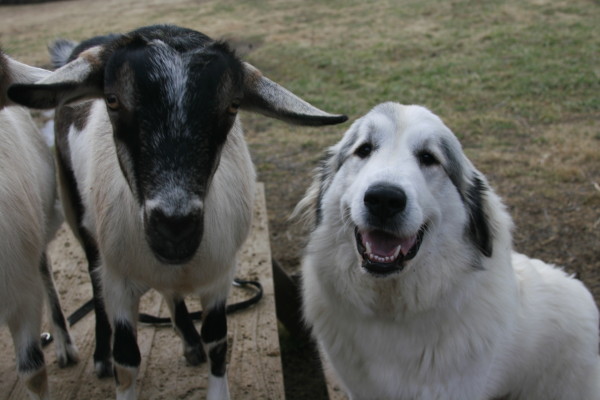
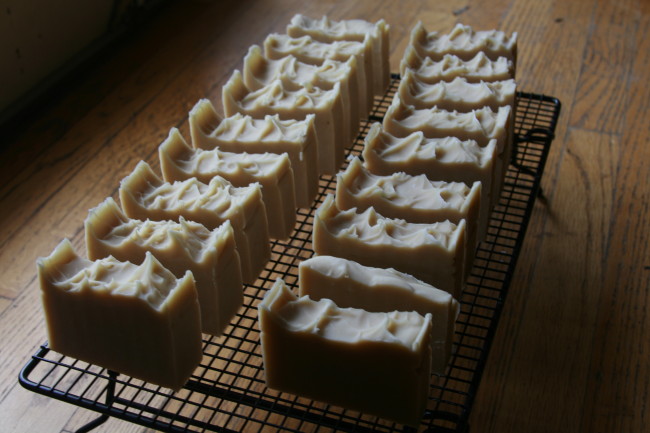
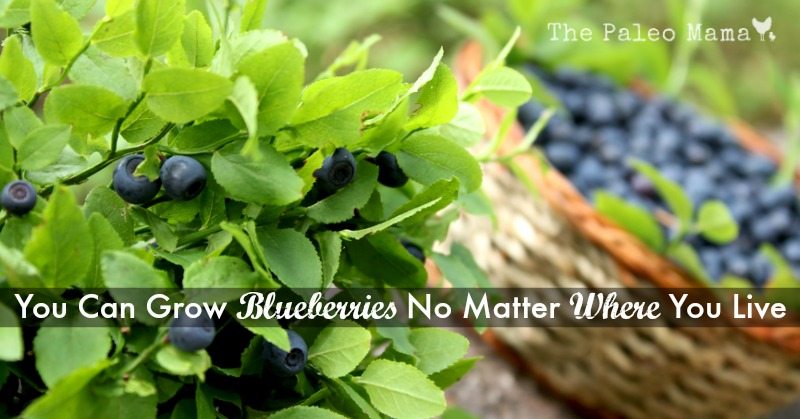

 Sally Olson is a homesteader, writer, wife, homeschool mom, and an idealist. She blogs to encourage others to pursue their homestead-DIY-healthy living dreams. All her posts are gluten-free at
Sally Olson is a homesteader, writer, wife, homeschool mom, and an idealist. She blogs to encourage others to pursue their homestead-DIY-healthy living dreams. All her posts are gluten-free at 